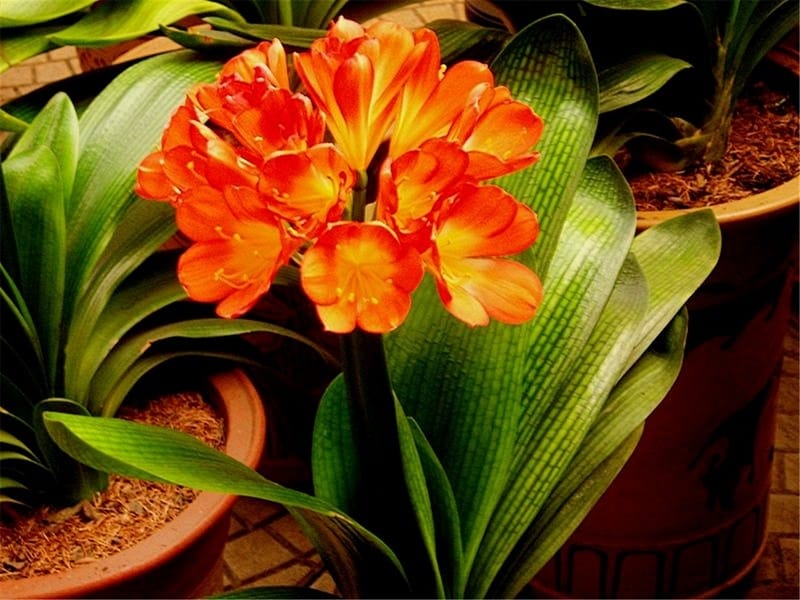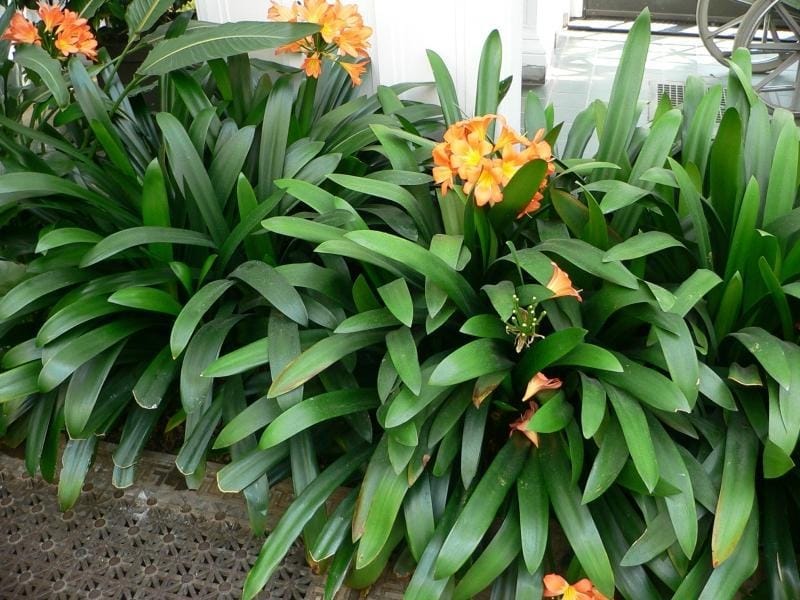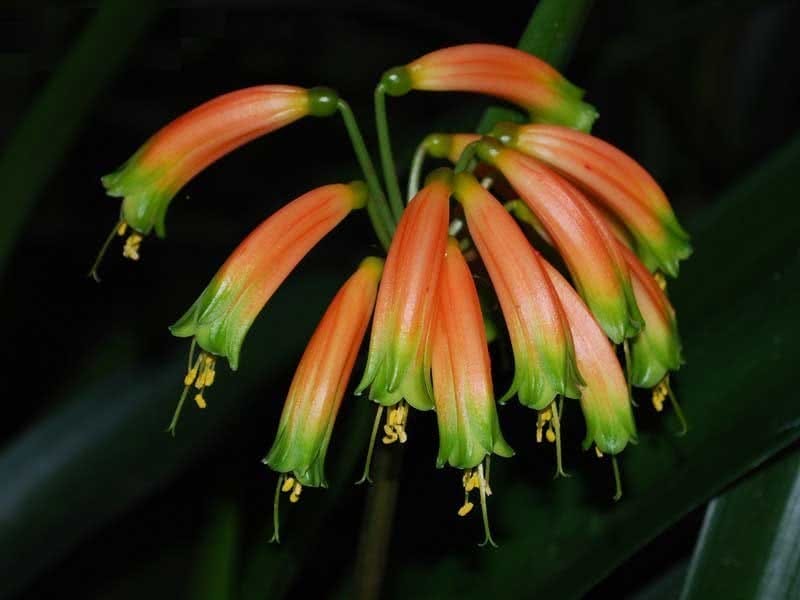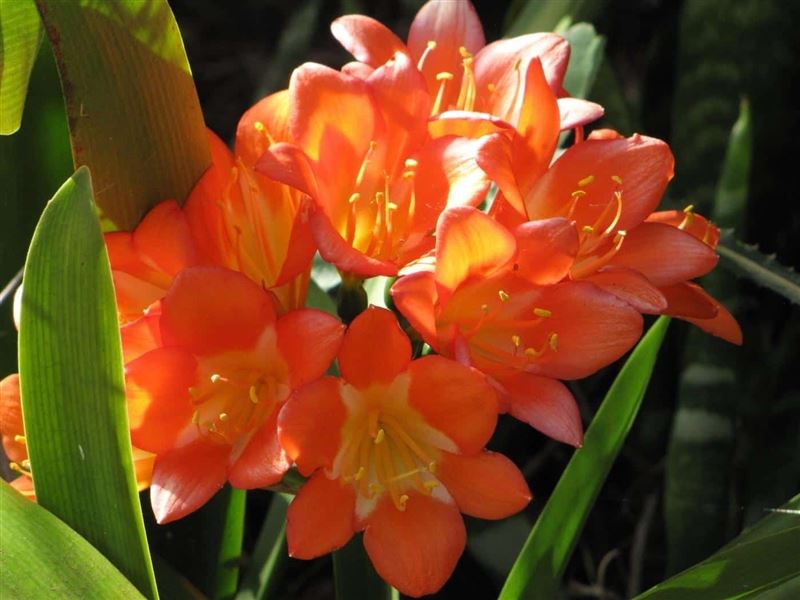The Kaffir lily is a native of South Africa. It’s a bulbous plant with beautiful flowers. Part of its beauty is its perfect flower symmetry. The Kaffir lily is easy to grow, but it can be challenging to care for once the plant has matured.



























Kaffir Lily is a perennial evergreen plant that belongs to the family Amaryllidaceae. It grows up to a height of 45-60 cm and has dark green, strap-like leaves that are about 45 cm long and 5-7 cm wide. The plant produces a cluster of beautiful, trumpet-shaped flowers that range in color from deep orange to red, pink, and yellow. The flowers are about 5-7 cm long and appear in early spring to late winter.
Care for Kaffir Lily
Kaffir Lily is a low-maintenance plant that can thrive in a wide range of conditions. Here are some tips for caring for your Kaffir Lily:
Light
Kaffir Lily prefers bright, indirect light, and can also tolerate some shade. It is best to keep the plant away from direct sunlight, as it can scorch the leaves.
Water
Kaffir Lily likes to be kept moist but not waterlogged. Water the plant when the top inch of soil is dry to the touch, and avoid letting the soil dry out completely. It is best to use room temperature water, as cold water can shock the plant.
Soil
Kaffir Lily prefers well-draining soil that is rich in organic matter. A mix of peat moss, perlite, and sand can provide a good growing medium for the plant.
Fertilizer
Kaffir Lily benefits from regular fertilization during the growing season (spring and summer). Use a balanced, water-soluble fertilizer every two weeks.
Propagation of Kaffir Lily
Kaffir Lily can be propagated through division or seed. Here are some tips for propagating your Kaffir Lily:
Division
Wait until the plant has finished flowering and has produced new growth. Gently remove the plant from its pot and separate the offsets from the parent plant. Replant the offsets in a separate pot with fresh soil.
Seed
Harvest the seeds from the ripe seed pods and sow them in a seed tray filled with a mix of peat moss and perlite. Cover the tray with plastic wrap and place it in a warm, bright location. Keep the soil moist and wait for the seeds to germinate (which can take several weeks).
Uses of Kaffir Lily
Kaffir Lily is primarily grown as an ornamental plant, and is popular for its striking flowers and ease of care. The plant is also known for its air-purifying properties, as it can remove harmful toxins from the air. In traditional medicine, Kaffir Lily has been used to treat a range of ailments, including stomach ulcers, coughs, and skin infections. However, it is important to note that Kaffir Lily can be toxic if ingested, so it should not be consumed.
